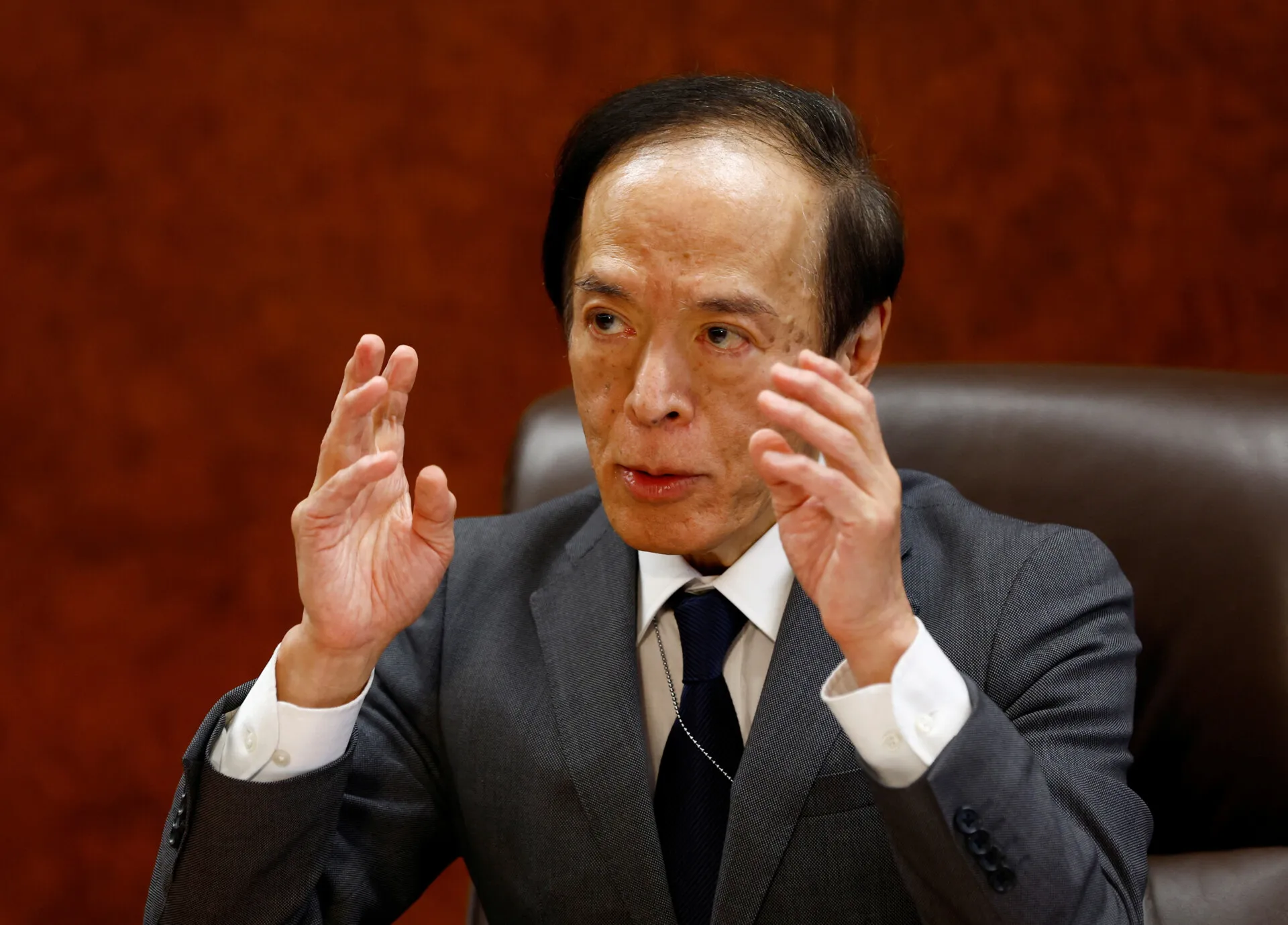The Bank of Japan (BoJ) has put its foot down—no more rate hikes and no rate cuts for now.
Deputy Governor Shinichi Uchida told us that the central bank won’t be raising policy rates while the financial and capital markets are all over the place. According to him, it’s important to keep things as they are for a while.
Monetary easing stays the course
While the US and Europe are all about hiking rates, Uchida said that Japan won’t follow the same steady rate increase.
The BoJ has always been more cautious with its monetary policy, and right now, they think keeping the current level of monetary easing is the way to go.
The instability in financial and capital markets means that raising rates could cause more harm than good. Uchida said:
“If the market remains unstable, it will be necessary to continue maintaining monetary easing at the current level for the time being.”
The fears of a slowdown in the US economy have triggered a rapid decline in the dollar and a drop in stock prices worldwide.
Uchida pointed out that the yen/dollar exchange rate has been extremely volatile due to the unwinding of large yen short positions.
Stock prices are another focus. Changes in stock prices affect corporate investment and consumer spending through what Uchida calls the “wealth effect.” He said:
“We will monitor these movements with great tension and respond appropriately.”
Japan’s economic outlook
Despite the global economic challenges, Uchida has a relatively positive view of Japan’s economy. He believes in a “high possibility of a soft landing” for the US economy, which is crucial for Japan since the two economies are closely linked.
He also attributed the rise in Japanese stock prices to “strengthened corporate profitability. Uchida is optimistic about Japan’s gradual economic recovery, predicting it will continue to outpace potential growth rates.
This optimism is driven by strong corporate earnings and solid economic fundamentals. As long as the economy and prices change according to forecasts, adjusting the degree of monetary easing will be appropriate.
So, while the BoJ is committed to current policies, it is also prepared to make adjustments as needed. Alongside this, the BoJ plans to cut its bond purchases, aiming for about ¥3 trillion monthly by early 2026.
Analysts are split on the BoJ’s next steps. Some believe more rate hikes could still come before the year runs out. Fitch Solutions, for instance, anticipates a more rate increase due to rising underlying inflation.
Others, like Oxford Economics, predict a more cautious approach. They expect the BoJ to raise its policy rate slowly, possibly reaching 1% by 2028.
But they also added that the scope for further hikes is limited by risks to the price outlook and the sustainability of wage increases and pricing power.





